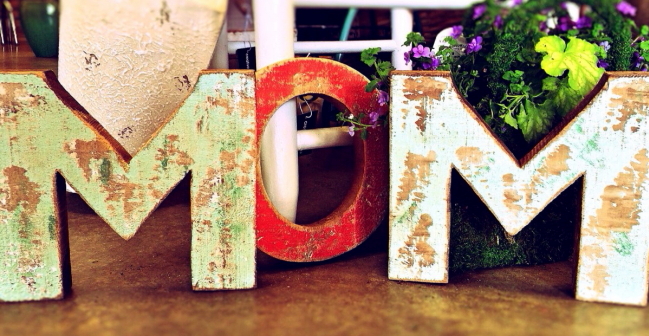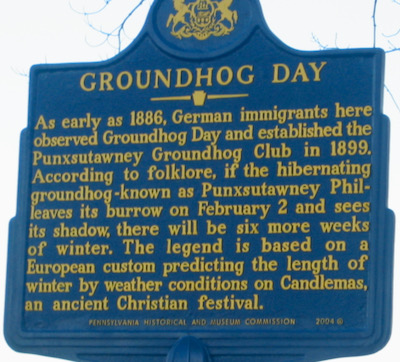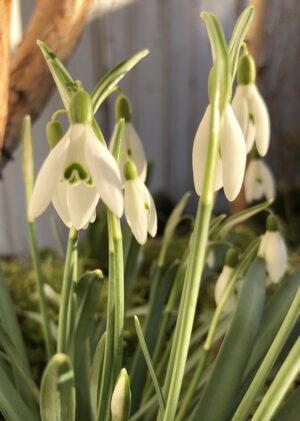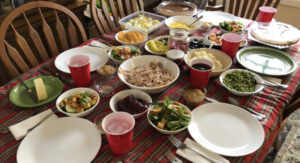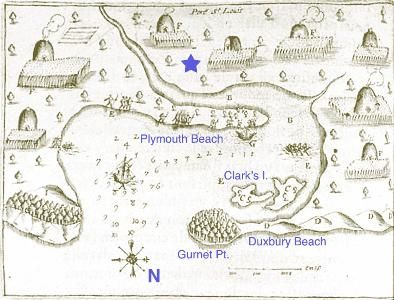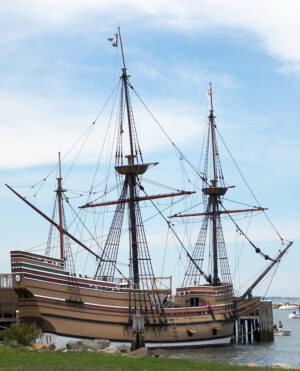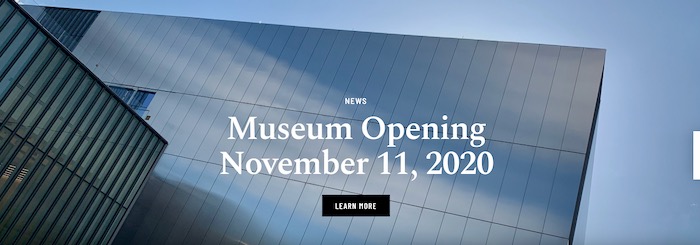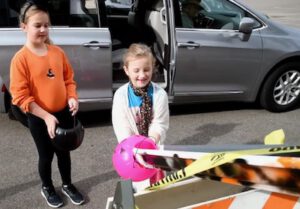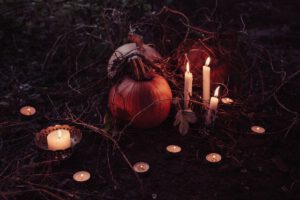SUNDAY, MAY 9: Show some appreciation for Mom, Grandma and any maternal figure in your life today on this, the second Sunday of May—it’s Mother’s Day!
Families may be gathering outdoors and wearing masks, opting for a small in-person gathering or even continuing to use videoconferencing, but that doesn’t mean that Mom shouldn’t feel special today. So show her some love!
MOTHER’S DAY: 2021
Whether or not you plan to see Mom in-person today, sending her a homemade card or handwritten letter is, ironically, just the type of sentiment that the original Mother’s Day founder intended when she advocated the holiday. Anna Jarvis hoped that mothers could be shown appreciation through heartfelt, personal sentiments, rather than commercial goods.
Check out these resources for more meaningful ideas on how to celebrate:
For tips on a meaningful videoconference with Mom—and more—check out this article from Woman’s Day. More tips for a distanced Mother’s Day, from party planners, are at MarthaStewart.com.
Looking for DIY gift ideas? Craft something for Mom yourself (get ideas from Good Housekeeping, or for kids, check out ideas from Woman’s Day).
Many churches will be streaming Mother’s Day services and Mass today, but if your church doesn’t, check out Catholic TV and Christian World Media for listings of virtual services.
ANNA JARVIS: CARNATIONS AND A SERVICE
Although motherhood has been celebrated for millennia, the modern American version of Mother’s Day—the one we all know today—began in 1908 with Anna Jarvis. Determined to bring awareness to the vital role of each mother in her family, Jarvis began campaigning for a “Mother’s Day,” and finally was successful in reaching the whole country in 1914. Jarvis’s concept differed considerably from corporate interests in the holiday, however, and the over-commercialization of Mother’s Day was irritating to Jarvis as early as the 1920s. This year, in honor of the Mother’s Day centennial, honor Mom the way Jarvis intended: with a hand-written letter, a visit, a homemade gift or a meal, cooked from scratch.
Though American observances honoring mothers began popping up in the 1870s and 1880s, Jarvis’s campaigns were the first to make it beyond the local level. The first “official” Mother’s Day service was actually a memorial ceremony, held at Jarvis’s church, in 1908; the 500 carnations given out at that first celebration have given way to the widespread custom of distributing carnations to mothers on this day. For Anna, the floral choice was easy: Carnations were her mother’s favorite flowers.
CELEBRATING MOM: A GLOBAL HISTORY
While the modern observance of Mother’s Day began just a century ago, celebrations for women and mothers have been common throughout history. Christians have observed Mothering Sunday for centuries, while Hindus have honored “Mata Tirtha Aunshi,” or “Mother Pilgrimage Fortnight.” The first American attempts for a “Mother’s Day for Peace” arose in the 1870s, when Julia Ward Howe called on mothers to support disarmament in the Civil War and Franco-Prussian War. Several decades later, Anna Jarvis created a holiday that became the Mother’s Day we know today.
Despite Jarvis’s best efforts, though, the commercialization of Mother’s Day was inevitable: Mother’s Day is now one of the most financially successful holidays on the American calendar—mainly because it is the most popular day of the year to eat out and to make phone calls. Yet it is with Mom in mind that Americans spend $2.6 billion on flowers annually for Mother’s Day; $1.53 billion on gifts; and $68 million on greeting cards. We love you, Mom!
DIY, FOOD & MORE
Cooking Mom brunch? Look to Martha Stewart (for gift ideas, too!) and AllRecipes.
Care to care more? The Mother’s Day Movement supports women and girls in the developing world, with the belief that empowered women strongly impact the lives of their children and their communities. Help these women by donating your portion of the $14 billion spent annually on Mother’s Day.
